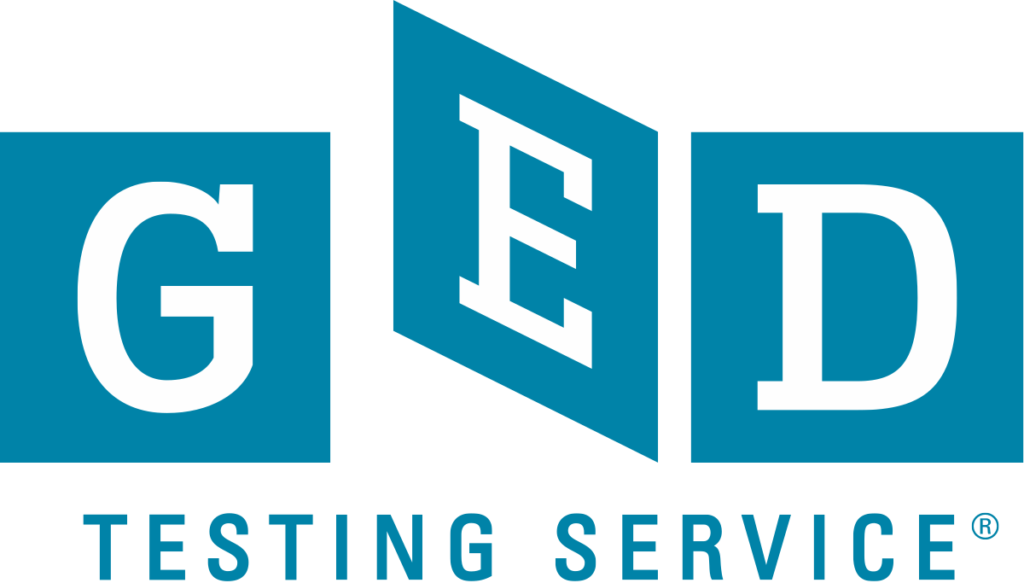
General Educational Development (or GED) tests are a group of four subject tests which, when passed, certify that the taker has American or Canadian high school-level academic skills. The GED is also referred to as a General Education Diploma, General Equivalency Diploma, or Graduate Equivalency Degree.
Once you get the GED diploma, you can pursue higher education and if you decide to do so, you will get the same government financial aid as any other high school graduate does. In order to sit for the GED Test candidates usually take up GED class so that they can prepare well of the GED Test.
How the test works?
The GED® test has a passing score of 145 on each test part. Therefore, you will need to reach a score of at least 145 on each part and a total score of 580 across the four-part battery in order to receive your GED® test credential. You may also earn the College Ready score or College Ready + Credit score if you earn the required score on a test subject. Learn more about the College Ready score and the College Ready + Credit score:
- Below Passing: 100-144
- GED® Passing Score: 145-164
- GED® College Ready: 165-174
- GED® College Ready + Credit: 175-200
What are the benefits of earning a GED® credential?
Among the many benefits of the GED® testing program, passing the GED® test provides an opportunity for adults to continue their education. In fact, over 98 percent of U.S. colleges and universities accept GED® graduates who meet their other qualifications for admission. A GED® credential documents that you have high school-level academic skills. About 97 percent of U.S. employers accept the GED® credential as equal to a traditional high school diploma, according to recent studies.
What topics are on the test?
English
Interpreting Nonfiction and Informational text
- Main Ideas and details
- Restatement and summary
- Application of ideas
- Cause and effect
- Compare and contrast
- Conclusions and Generalization
- Word choice
- Writer’s tone and Point of View
- Text Structure
Analyzing Nonfiction and Informational Text
- Purpose of text
- Effectiveness of Argument
- Validity of arguments
- Text related by Theme or Topic
- Texts with Opposing Arguments
- Texts with Related Graphic Information
Using Grammar Correctly
- Noun And Pronoun Agreement
- Verb Forms And Tenses
- Subject-Verb Agreement
Interpreting Fiction
- Plot Elements & Inferences
- Character & Theme
- Style and Point of View
- Figurative Language
Writing Effective Sentences
- Plot Elements
- Compound and Complex Sentences
- Run-ons and Comma Splices
- Subordinate & Modify Ideas
- Parallel Structure
Connecting Ideas
- Organize Ideas Into Paragraphs
- Use Logical Order And Relevant Ideas
- Relate Sentences And Paragraphs
Polishing Your Writing
- Strengthen Your Sentences
- Improve Organization
- Word Choice
Using Writing Mechanics
- Comma Use
- Capitalization
- Possessives And Contractions
- Homonyms
Writing About Text
- Unpack The Writing Prompt
- Identify The Writer’s Arguments And Assumptions
- Develop A Thesis Statement
- Collect Supporting Evidence
- Plan Your Response
- Draft Your Response
- Revise And Edit Your Response
Mathematics
Ratio, Proportion And Percent
- Ratio And Proportion
- Percent
- Using The Percent Formula
- Percent Calculator Skills
- Simple Interest
- Percent Of Change
Data, Statistics And Probability
- Tables And Pictographs
- Circle Graphs
- Bar And Line Graphs
- Measures Of Central Tendency
- Line Plots
- Histograms
- Probability
- Combinations
- Permutations
- Compare Proportions In Different Formats
Algebra Basics, Expressions And Polynomials
- The Number Line And Signed Numbers
- Powers And Roots
- Scientific Notations
- Order Of Operations
- Absolute Value
- Algebraic Expressions
- Expressions And Calculator Skills
- Understand Polynomials
- Simplify Polynomials
- Add, Subtract, Multiply And Divide Polynomials
Geometry
- Plane Figures And Triangles
- Pythagorean Relationship
- Perimeter And Area
- Circles And Volumes
- Surface Area And Combined Figures
- Geometry Calculator Skills
Equations, Inequalities And Fractions
- Equations
- Equation Word Problems
- Inequalities
- Algebra And Problem Solving
- The Coordinate Plane
- Graphing A Line
- Slope Of A Line
- Slope And Equations
- Systems Of Linear Equations
- Patterns And Functions
- Function Applications
- Function Notation
Social Studies
US History
- Exploration, Colonialism And The American Revolution
- Westward Expansion, The Civil War And Reconstruction
- Industrialization, Immigration And The Progressive Era
- The United States As An Emerging World Power
- The Cold War And The Civil Rights Era
Civics And Government
- Historic Basis For US System
- Constitutional Government
- Levels And Branches Of Government
- The Electoral System
- The Role Of The Citizen
Economics
- Basic Economics Concepts
- The US Economics System
- The Economy And The US Government
- Labor And Consumer Issues
Geography And The World
- Early Civilizations
- Feudalism To Nation States
- The Age Of Revolution
- Exploration, Colonialism And Wars
- Human And The Environment
- Using Resources Wisely
Science
Life Science
- Cell structures and functions
- Cell processes and energy
- Human body systems
- Health issues
- Reproduction and heredity
- Modern genetics
Earth and space science
- Structure of the earth
- Earth’s resources
- Weather and climate
- Earth in the solar system
- The expanding universe
Physical science
- Atoms and molecules
- Properties and states of matter
- Chemical reactions
- The nature of energy
- Motion

